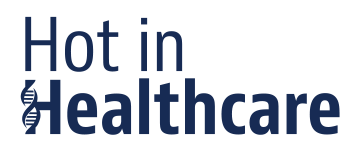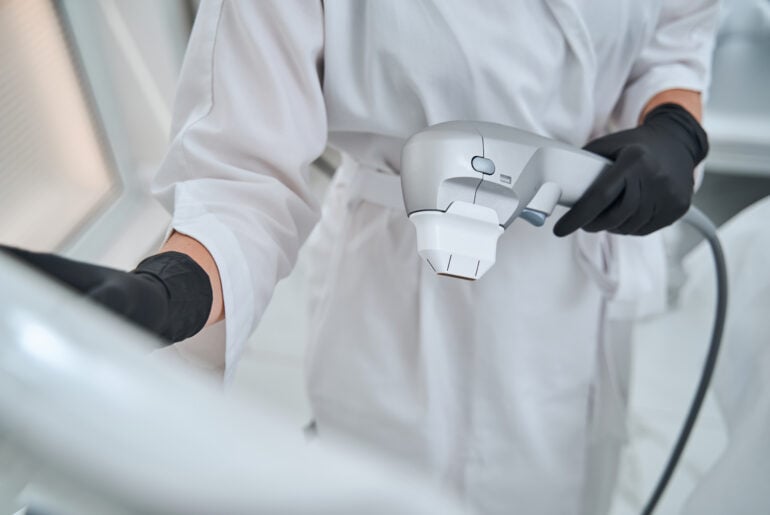EU AI Act
On 13 March, the European Parliament approved the EU AI Act. The link to the adopted text is available here. The next step is Council’s adoption, expected next month. Following the Council’s sign off, the final text will be prepared for publication in the Official Journal and will enter into force 20 days afterwards.
Once adopted, the Act will become applicable in a gradual manner. For products that are already required to undergo third-party conformity assessments (e.g., medical devices), the Act will become applicable 3 years after its entry into force. For a more detailed insight into the Act and its timings see EU AI Act finally adopted: what’s next?
The Act takes a risk-based approach to the application of AI to different types of use and as we have previously reported in this Blog, the impact on pharma and medtech companies is expected to be significant.
EU HLS specific developments
In addition to the Act, it is important to be aware of industry specific developments, such as EMA’s Draft Reflection Paper on the Use of AI. Although still a draft, the paper foresees important measures that will have a significant impact on companies. For instance, applicants or marketing authorisation holders planning to deploy AI/ML technology will be expected to “consider and systematically manage relevant risks from early development to decommissioning”. In addition, the paper expects marketing authorisation holders to ensure that “all algorithms, models, datasets, and data processing pipelines used are fit for purpose and are in line with ethical, technical, scientific, and regulatory standards as described in GxP standards and current EMA scientific guidelines.” The paper also warns that these guidelines may be stricter than what is standard practice in the field of data science. The Reflection Paper is expected to be finalised by June 2024 with input from stakeholder consultation.
In December last year, EMA also published a Workplan for coordinating the use of AI in medicines Regulation,which identifies actions for regulators in four key areas: guidance, policy and product support, AI tools and technologies, collaboration and training, and the setting up of an AI observatory for experimentation and gaining new insights into AI. The Workplan runs up to 2028 and has been developed together with the national Heads of Medicines Agencies.
It is also worth flagging that the European AI Office and the ‘GenAI4EU’ initiative set up by the European Commission in January as part of the AI innovation package, will focus on the development of novel cases and emerging applications in industrial applications including, specifically, the healthcare and biotech industries. In this context, the Commission is also initiating the AI Pact, seeking the voluntary commitment of industry to anticipate the AI Act and to start implementing its requirements ahead of the legal deadline.
WHO
At international level, WHO has also issued guidance in the field of AI. See previous blog alerts Healthcare and AI: WHO Releases AI Guidance for Large Multi-Modal Models and AI for Health: Regulatory Considerations Published by the WHO for more details.






